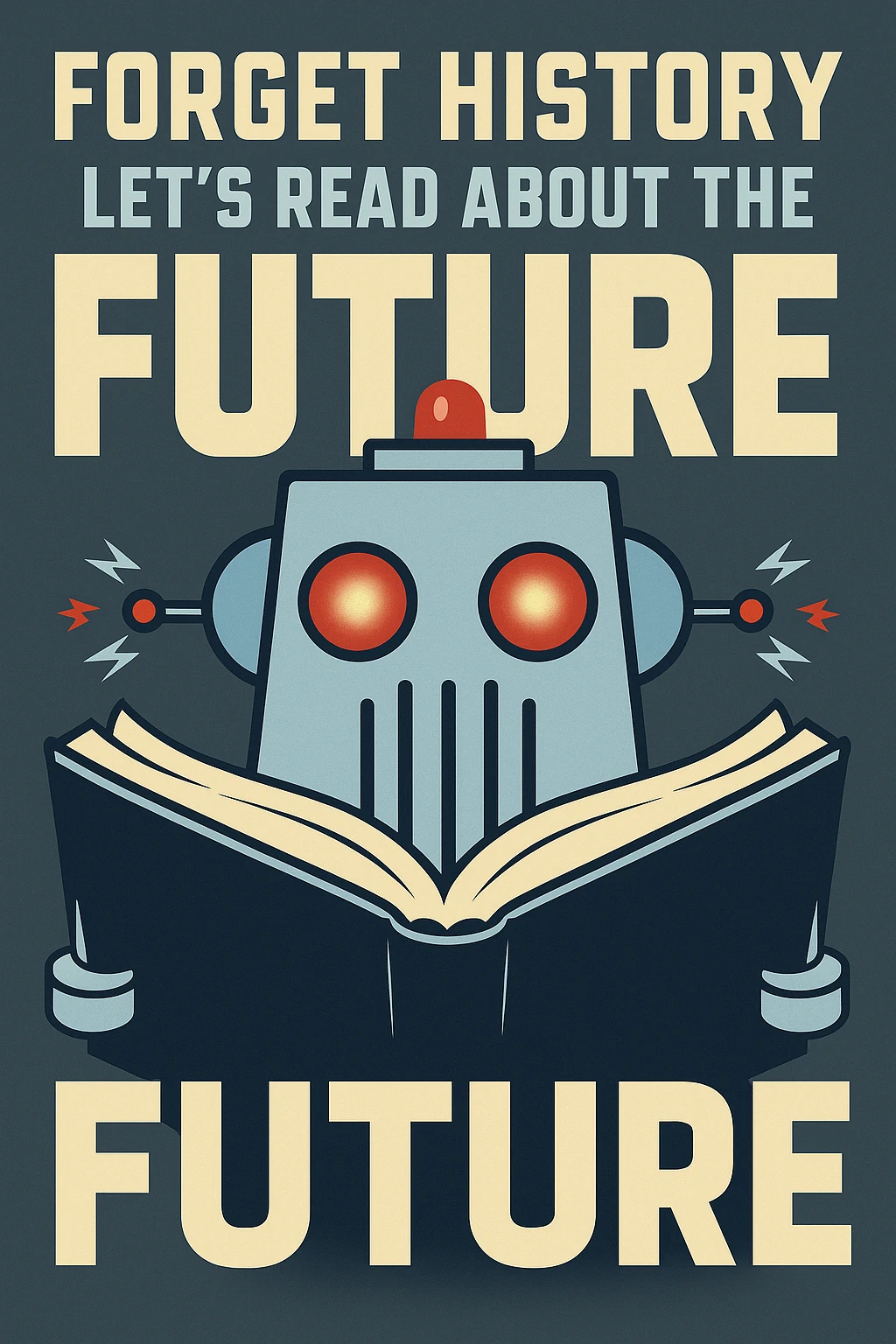How limitations can become the unexpected springboard for creativity and innovation " If you go back a few hundred years, what we take for granted today would seem like magic - being able to talk to people over long distances, to transmit images, flying, accessing vast amounts of data like an oracle. These are all things that would have been considered magic a few hundred years ago. - Elon Musk I learned an important lesson...
The Magic of Limitations





